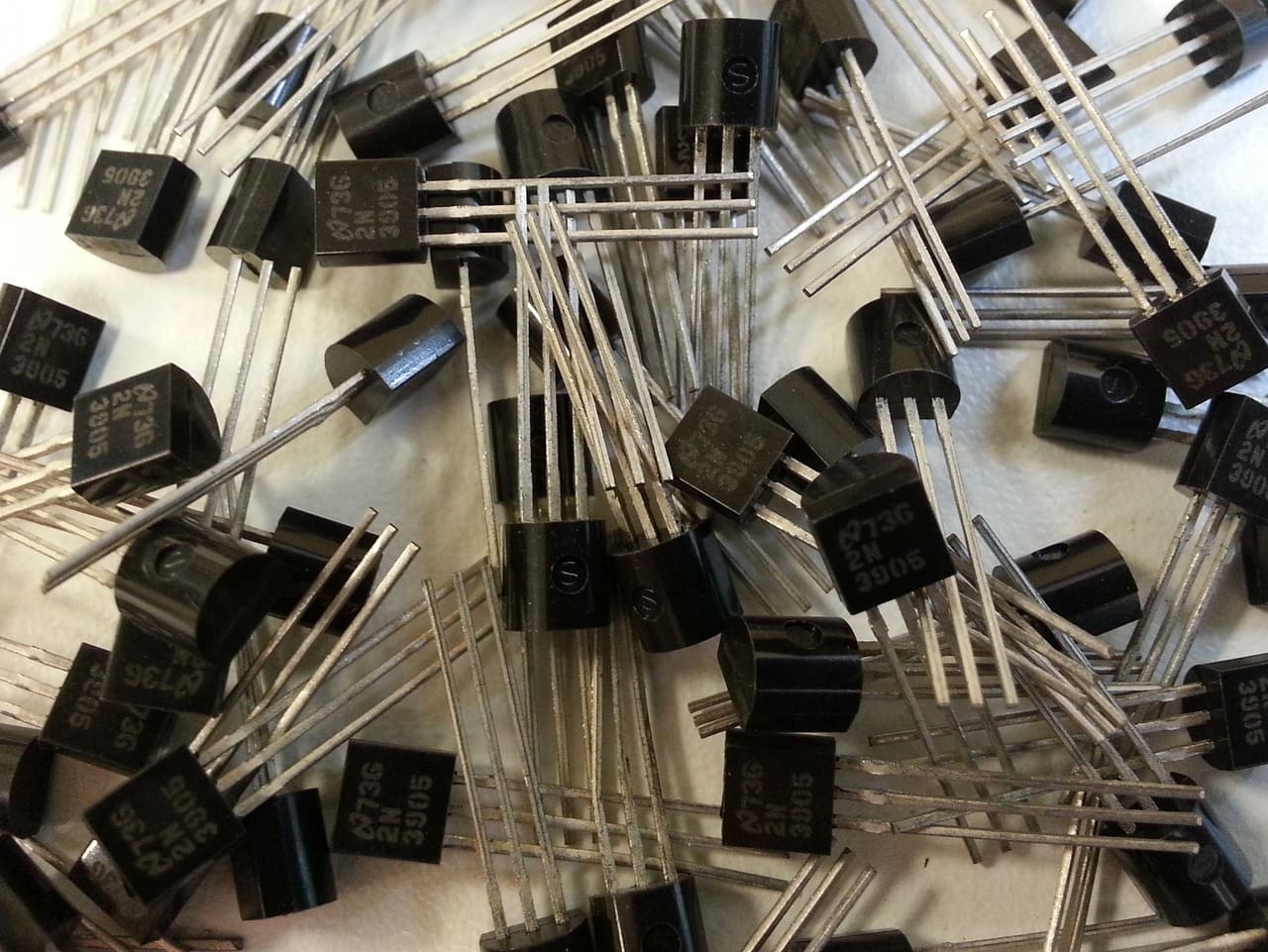In the realm of 3D printing, particularly in metal printing processes such as Direct Metal Laser Sintering (DMLS) and Selective Laser Melting (SLM), the gas flow system plays a pivotal role. This system is designed to maintain a controlled atmosphere within the print chamber, optimizing conditions to enhance the quality of prints and ensure operational safety. This article delves into the importance, functionality, and maintenance of the gas flow system in 3D printing, highlighting its critical role in achieving high-quality, consistent, and safe printing outcomes.
Importance of the Gas Flow System in 3D Printing
Atmosphere Control: In metal 3D printing, the presence of oxygen can lead to oxidation of the metal powders, affecting the mechanical properties of the final product. The gas flow system helps maintain an inert atmosphere, typically using gases like argon or nitrogen, to prevent such oxidation.
Thermal Regulation: The gas flow helps regulate the temperature within the print chamber, removing excess heat from the laser sintering process and ensuring the metal powders are sintered under optimal conditions.
Removal of Byproducts: During the laser sintering process, smoke, particulate matter, and other byproducts can be produced, which could impair the quality of the print and damage the printer if not adequately vented.
Enhanced Print Quality: By ensuring a consistent and controlled atmosphere, the gas flow system helps minimize inconsistencies in the printing process, leading to higher precision and better quality in the finished products.
Components of the Gas Flow System in 3D Printers
Gas Supply: Includes tanks or pipelines supplying inert gases like nitrogen or argon, which are used to flush out oxygen from the print chamber.
Regulators and Valves: Control the pressure and flow of gas into the chamber, ensuring that the right amount of gas is delivered consistently.
Flow Meters and Sensors: Monitor the rate of gas flow and the composition of the atmosphere within the print chamber, providing data to adjust the flow as necessary.
Exhaust System: Removes gases and airborne particulates from the chamber, maintaining air quality and preventing the accumulation of potentially hazardous byproducts.
Control System: Integrates sensors and actuaries, managing the operation of the gas flow system according to the needs of the printing process and environmental conditions.
Installation and Calibration of the Gas Flow System
Proper Installation: Ensuring that all components are correctly installed and securely connected is crucial for the effective operation of the gas flow system. This includes leak-proof connections and stable mounting of tanks and piping.
Calibration: The system must be calibrated to ensure accurate gas flow rates and correct atmospheric conditions within the chamber. Calibration involves setting up sensors and flow meters to measure and control the gas mix and volume accurately.
Testing: Comprehensive testing is essential to verify that the gas flow system maintains the correct conditions throughout the printing process, particularly during long print jobs.
Maintenance and Optimization of the Gas Flow System
Regular Inspection: Routine checks of hoses, valves, and connections are crucial to ensure there are no leaks or wear that could lead to gas escape or contamination of the print environment.
Sensor Calibration: Sensors must be regularly calibrated and tested to ensure they provide accurate readings of gas concentrations and flow rates.
Filter Maintenance: Filters in the exhaust system need to be cleaned or replaced regularly to maintain effective removal of particulates and byproducts.
System Upgrades: As printing technology evolves, upgrading control software and hardware can help improve the efficiency and responsiveness of the gas flow system.
Challenges and Solutions
Leak Prevention: Gas leaks can be dangerous and costly. Regular maintenance and using high-quality fittings and materials can minimize this risk.
Cost Management: The continuous use of inert gases can be expensive. Optimizing gas usage and recycling inert gases can help reduce costs.
Environmental Considerations: Proper handling and disposal of gases and particulates are essential to minimize environmental impact. Implementing green technologies and waste management strategies can help address these concerns.
The gas flow system is a vital component in metal 3D printing, ensuring that the print environment is optimized for quality and safety. Effective management and meticulous maintenance of this system are crucial for maximizing the capabilities of 3D printers and ensuring the production of high-quality, reliable, and safe printed products. By thoroughly understanding and meticulously maintaining the gas flow system, manufacturers can achieve improved operational reliability, enhanced print quality, and greater environmental responsibility, fully leveraging the advanced capabilities of 3D printing technology.








